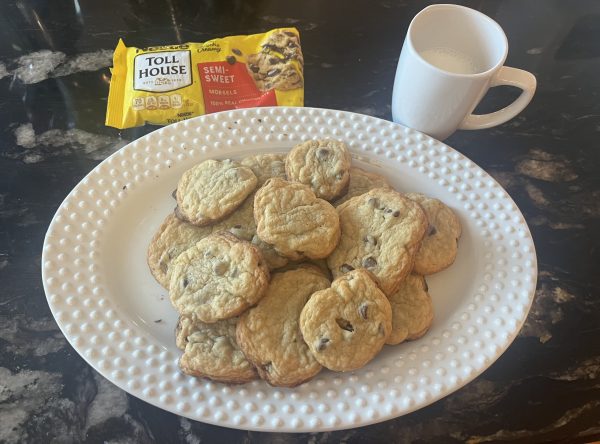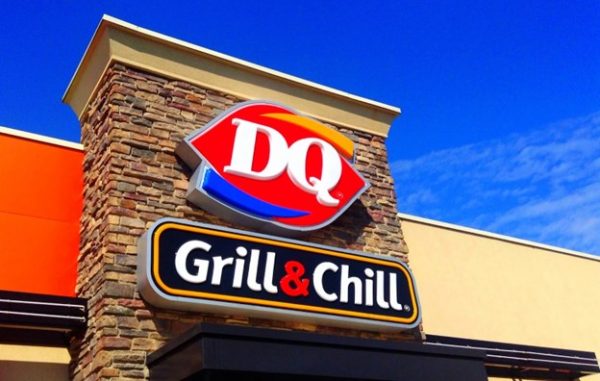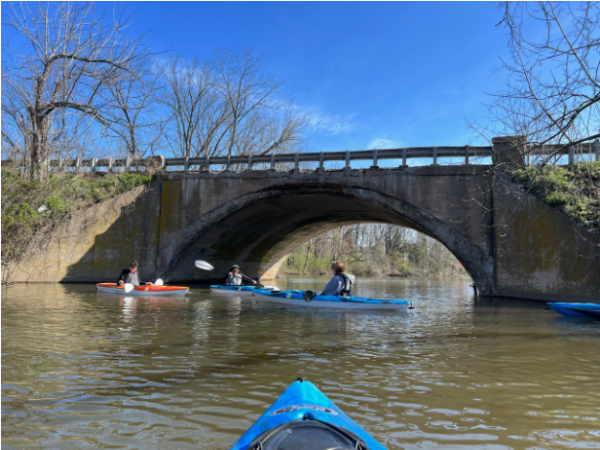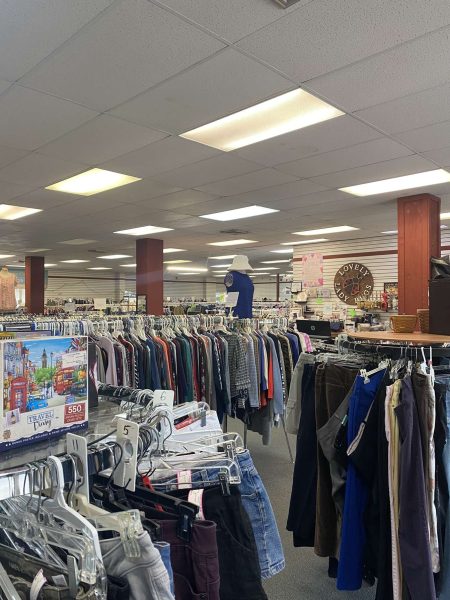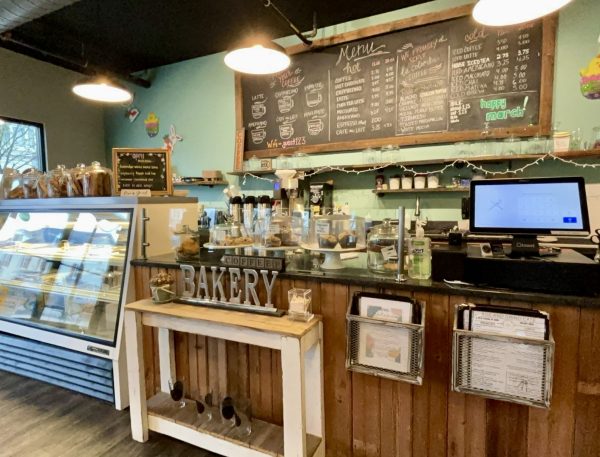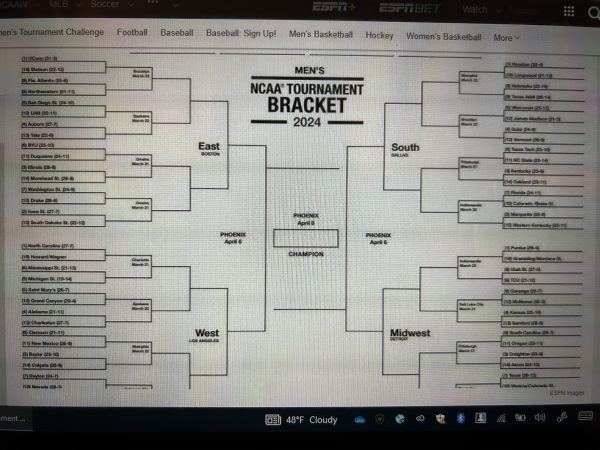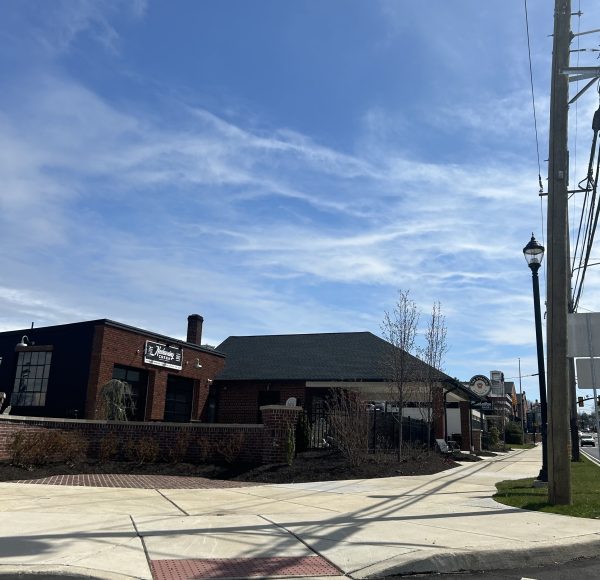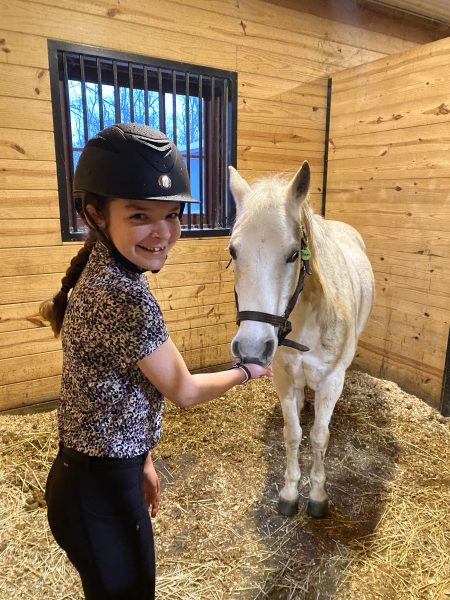How to avoid misinformation and bias
With the flood of news and the way social media is used, bias and misinformation are hard to avoid. Some people will become complacent in their bias, and others will accidentally share misinformation. But to be able to confidently defend your views isn’t just for yourself, it’s for those around you. As history teacher Monika Parker says, “news reporting influences social attitudes, so accurate news reporting is fundamental for democracy to function smoothly.” To help yourself and others, become a critical news consumer so you can be confident in your views and arguments.
General Rules
The first part of correctly consuming news is knowing blatant misinformation. Avoid websites that end with .co instead of .com, avoid websites without a writer, and avoid websites that don’t allow you to contact them. If you read something and it seems suspicious, look for a second website to confirm the information. Check the dates of events, pictures, or videos. Know popular sites that can be trusted and know ones that can’t. Judge hard and be critical.
Only a Part…
… of the story. Taken out of context, a quote can change your entire view of someone. This grew in popularity with social media. A three-hour debate cannot be condensed to 280 characters without missing something. A quote you read can be a joke or an example that the person saying it does not agree with. Or, the quote could just be attributed incorrectly. Social media can be posted by anyone at any time, which can lead to a chain reaction of sharing and reposting incorrect information.
Know Yourself
Reporters aren’t the only ones with bias, you have it too, and the internet knows this. As said by David Thomas, a former journalist, the internet has created “filter bubbles” for everyone. This means that what you want to see is what the internet will recommend. It’s the same thing as when you search Disney on Amazon once, and only get Disney recommendations for weeks after. This also relates to confirmation bias, where you are more likely to believe what lines up with your own views. Seeing something you agree with ends your line of questioning and you will be complacent and take the news as truth. This is a bad thing, but almost everyone does it. That is why the next time you read something that seems too good to be true, you need to search for the other side. By breaking this filter bubble you can avoid your own bias and get the most accurate news and facts.
Search Both Ways
Most popular news sites focus on current topics that cause debate. But to get more attention, news sites will target a demographic or group of people. Common examples of this are FOX News and MSNBC. With “tongue in cheek” comments, says Thomas, these sites were able to gain an audience of like-minded people. These sites could then use spin stories to keep that audience and spread something close to misinformation. They would spin the story, or change it slightly by leaving something out or other tactics. This would allow their audience to use their confirmation bias to not search anywhere else.
Fact-Checking Sites
For more information on news companies and their biases, you can check:https://www.allsides.com/media-bias#ratings
to know if the site you’re using is biased: https://adfontesmedia.com/interactive-media-bias-chart
For checking specific stories or quotes circulating, use https://www.politifact.com/, https://www.factcheck.org/fake-news/, or https://www.snopes.com/.
Samantha Myrick, Grade 11. Interests and hobbies include reading, writing, playing video games, hanging out with friends, listening to music, and making...
